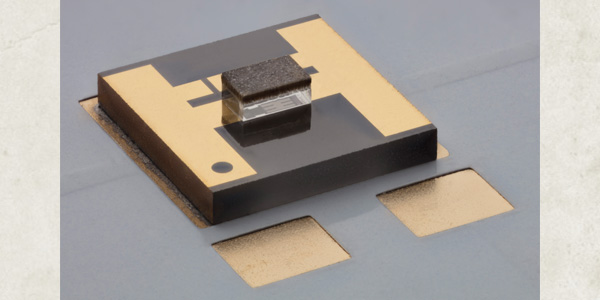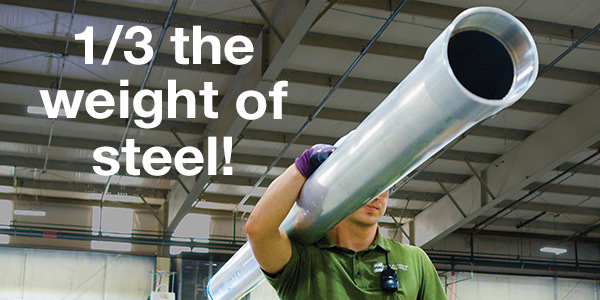Since February 2017, a total of five research institutes and companies have been working on “UV Power,” a collaborative project funded by the German Federal Ministry of Education and Research (BMBF). The partners have made it their goal to provide high-power UV LEDs for a wide variety of applications. These LEDs will eventually replace conventional UV light sources, which often contain toxic mercury, in areas such as production, disinfection, the environment, life sciences and medicine.
As part of “Advanced UV for Life,” a consortium of research institutes and companies funded under the federal “Zwanzig20” program, Osram Opto Semiconductors is working with four partners on high-power UV LEDs for the mass market: the Ferdinand-Braun-Institut, Leibniz-Institut für Höchstfrequenztechnik (FBH), the Technical University of Berlin, LayTec AG and UVphototonics NT GmbH. Prototype LEDs and the technology for producing high-power LEDs for the UVB and UVC spectrums on the basis of the aluminum gallium nitride (AlGaN) material system are scheduled to be presented by 2020.
These partners are pooling their scientific know-how and making their highly specialized technical facilities and analysis methods available. Development of the high-power LEDs is taking place along the entire technology chain for LED production. “The various tasks have been distributed among the partners on the basis of their strengths – everything from the production of structured sapphire substrates, epitaxy and chip processing to packaging and analytics,” said Dr. Hans-Jürgen Lugauer, Head of UV Development at Osram Opto Semiconductors. “With our presence across the international market and our expertise in industrial manufacturing, we are boosting the impact of the consortium considerably,” he added.
To speed up development and make efficient use of resources, the partners are splitting their work into different wavelength ranges. In addition to coordinating the entire project, Osram Opto Semiconductors is taking on the wavelength range of 270 to 290 nm. In epitaxy, the Ferdinand-Braun-Institut is covering the adjacent wavelengths in the UVB range between 290 and 310 nm and processing the epitaxial wafers into UV chips. The Technical University of Berlin is focusing on the wavelength range of 250 to 270 nm, applying its expertise in material analysis for AIGaN materials and AIGaN LEDs. TU Berlin also has extensive specialized equipment for UV analysis. LayTec AG is developing tailor-made techniques for controlling the epitaxy and plasma etching systems. FBH spin-off UVphotonics NT GmbH is working on the interface for users. It is also responsible for optimizing the chip design to achieve high currents and efficient cooling, as well as handling statistical collection and analysis of process data from the entire production chain. The important subjects of assembly technology and the effects of aging will be investigated by FBH, TUB and UVphotonics for future projects as part of the consortium.
The optical outputs of the new LEDs are expected to be greater than 120 mW at 300 ± 10 nm, 140 mW at 280 ± 10 nm and 80 mW at 260 ± 10 nm. The research group is also working on making significant improvements to the aging behavior of the LEDs so they can be operated longer and more economically.
For more information on Advanced UV for Life visit: https://www.advanced-uv.de/en/about/welcome/.






